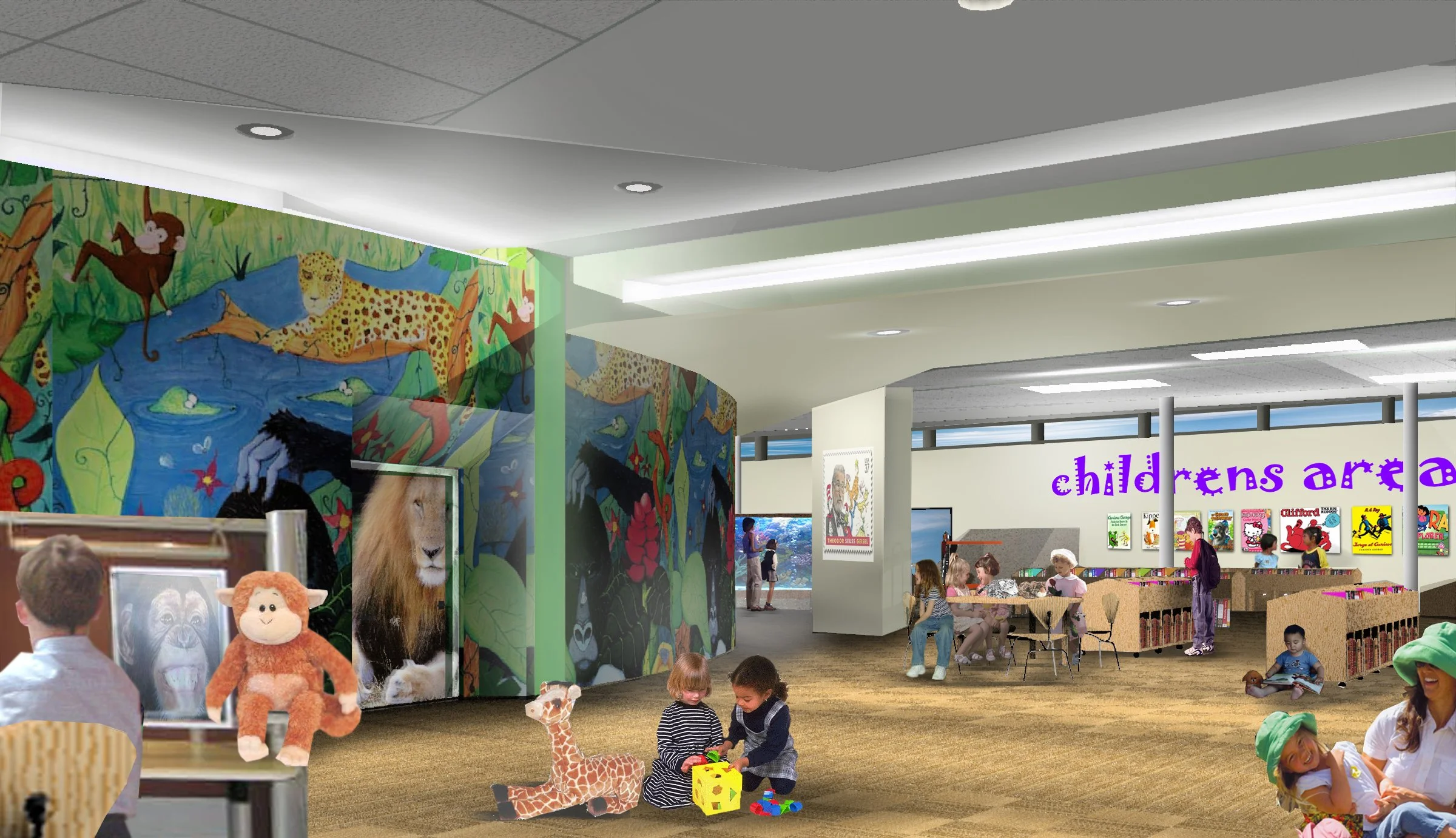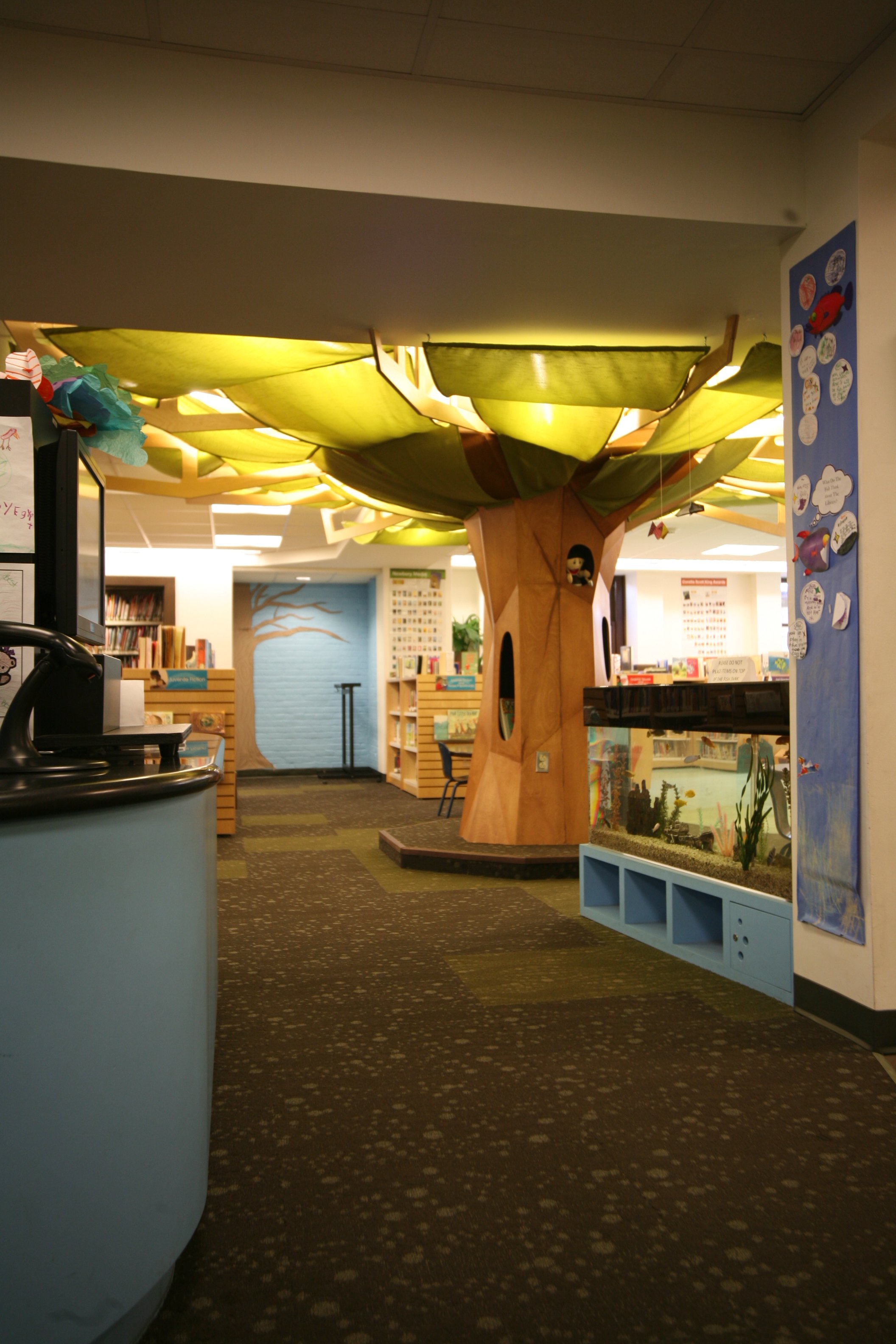Unleashing Creativity: Fostering Library Programs for Families and Children
Libraries are vibrant community hubs that play a crucial role in fostering a love for learning, especially among families and children. Throughout the year, they host many opportunities for youth and families including summer reading programs, English language programs, after-school and homework programs, book programs, STEAM programs and more!
With so many needs, ages, and demographics, libraries need to be well equipped and accessible for everyone. Explore strategies for promoting library programs tailored to families and children, taking into consideration the diverse needs of all patrons.
How to Foster Library Programs for Youth & Family
Understanding the Users
There is a wealth of research showing that parentr–child (parenting is inclusive and includes grandparents, family members, and guardians) interactions are critical to children’s cognitive and social development, and are also a key predictor of later success in school (Neuman & Roskos 2007; Guttentag et al. 2014). Likewise, the time parents and children spend singing, drawing, or playing games, for example, can positively impact a young child’s language growth and future literacy, since this time tends to increase vocabulary (Weigel, Martin, & Bennett 2006). Likewise, large motor activities that adults and children engage in together, such as jumping and marching, can aide in literacy development (Kirk et al. 2014). Each community has different needs at the center with different levels of family and youth engagement. It’s important to understand the needs and preferences of the families and children who frequent your library. It takes a collaboration between librarians, educators, parents, and even children themselves to gain insights into their expectations and desires as well as find out what is working and what isn’t.
Dedicated Spaces for Children + Parents
Libraries devote significant space and programming for children, but they don’t always have space or programming opportunities for parents and children. Further, they don’t always provide parent-only workshops, designed to explain to parents the important role they play in their children’s early literacy and to show parents effective strategies for enriching their reading, play, and conversational time with their children. In addition to dedicated space for children, complete with age-appropriate furniture, shelving at accessible heights, and interactive learning stations, these spaces need areas for family interaction, perent education resources, as well as support elements like mother’s rooms and quiet rooms. Successful children’s spaces use colorful and playful designs to create an environment that captures the essence of a magical world, encouraging children to explore and learn through play and movement.
Flexible and Adaptable Spaces within the Children’s Area
Libraries should be dynamic environments that can transform to accommodate a variety of activities; having flexibility is important. Understanding the range of programming, and that these will be noisy energetic spaces is important to the successful planning of these environments. Flexible furniture with movable partitions that can be rearranged to suit different purposes, and if possible, an open floor plan encourages collaboration, and provides opportunities to develop quiet reading areas as well as a space for group activities.
Multi-Functional Program Spaces:
Group activities, story hours, STEAM programs, and more, can all be achieved in multi-functional program spaces. Enrichment activities such as Family Lego Night, Color Science, or Play-dough Lab offer children opportunities to hear novel words and explore new concepts in a play context, adding to their vocabulary and knowledge development. Whether this is the children’s area or an entirely separate multipurpose room, it’s important that libraries create a dedicated space for large group, hands-on activities for children and their parents.
Multipurpose rooms equipped with audiovisual facilities can host storytelling sessions, workshops, and educational programs. A stage area encourages interactive performances, fostering a sense of community engagement.
Technology Integration
Technology is a vital part of many young childrens’ learning experiences. Incorporating technology thoughtfully can help to enhance the learning experience and encourage STEM. Providing interactive screens, 3D printers, educational apps, and computer stations can help to promote digital literacy and offer opportunities for learning new skills and even computer programming!
Outdoor Learning Spaces
Extend the library experience beyond its walls by incorporating outdoor learning spaces. Courtyards or gardens with seating, educational play structures, and interactive installations provide opportunities for families and children to connect with nature while exploring new ideas. Outdoor classrooms allow children to explore and discover the world around them. Exposure to the natural environment enhances children’s creativity and imagination as they play and explore. It also iproves social skills and teamwork as they interact with other children.
Collaboration with Local Artists
Enrich the library environment by collaborating with local artists to create unique, site-specific installations. Murals, sculptures, and interactive art pieces can transform the library into a visually stimulating space, sparking the imagination of young visitors.
Inclusive Design:
Ensure that the library spaces are accessible to all, regardless of age or ability. Incorporate ramps, elevators, and inclusive furniture to accommodate children with diverse needs. Pay attention to color contrast, lighting, and acoustics to create an environment that is welcoming to everyone.
Foster Learning & Creativity with studioTECHNE|architects
We play a pivotal role in shaping the future of libraries as vibrant community spaces that inspire and educate families and children. By embracing a user-centric approach, incorporating flexibility, and fostering a sense of wonder through design, we contribute to the creation of libraries that go beyond the traditional role of book repositories. These spaces become dynamic hubs of learning, exploration, and community engagement, encouraging a lifelong love for knowledge in the hearts of the youngest library patrons.
For more information, give studioTECHNE | Architects a call. Located in Cleveland, OH, we service the areas of Cleveland, OH, Columbus, OH, Cincinnati, OH and beyond. We also work in Miami, FL, Washington, DC, and Philadelphia, PA.



